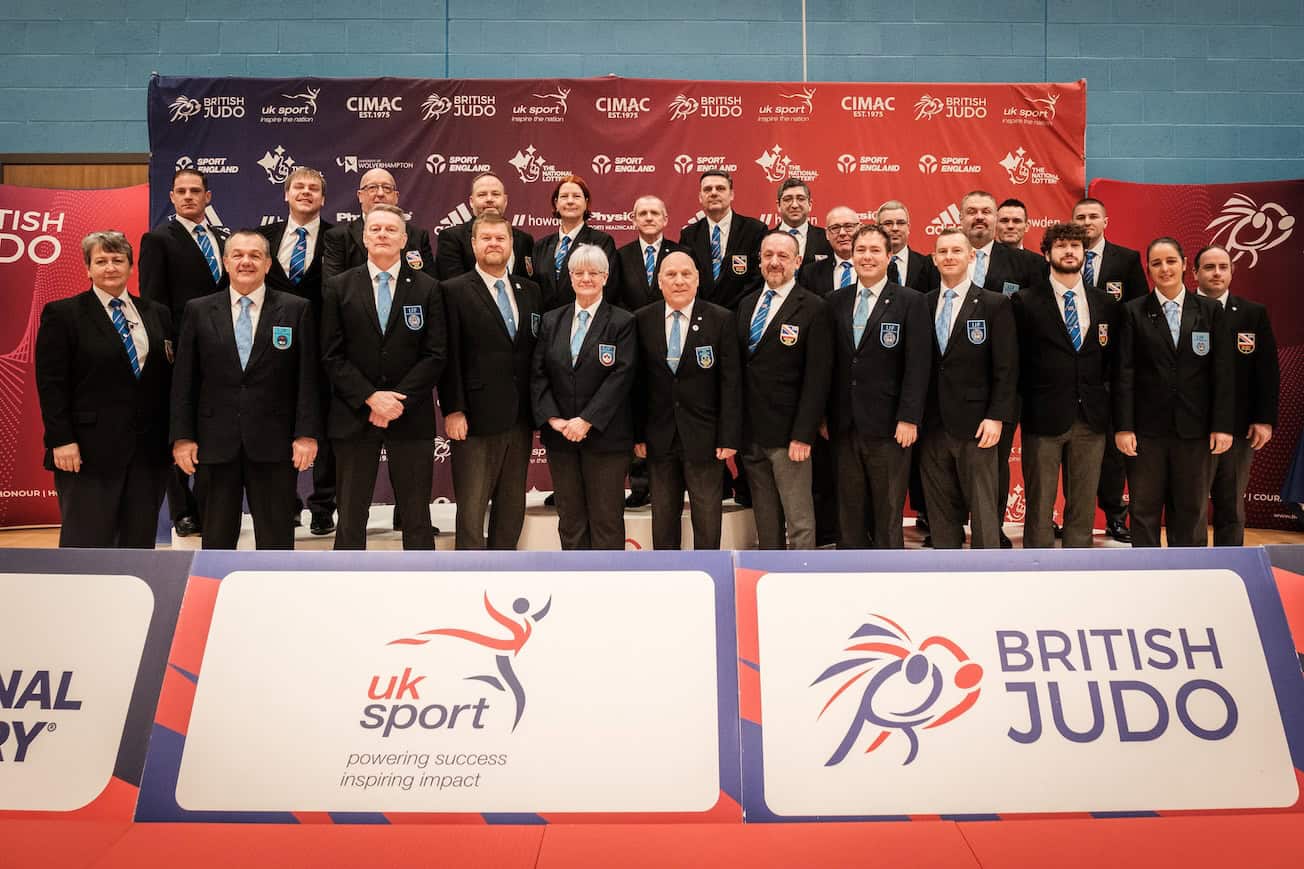British Judo’s Lead Strength and Conditioning Coach Allan Macdonald is based at the British Judo Centre of Excellence where he works with athletes on the GB Squad to improve their strength and fitness.
What is Strength and Conditioning?
Strength and Conditioning (S&C) is a Sport Science disciple which focuses on physically preparing the athletes for the demands of training and competition. The primary objective of S&C for Judo is to maximise the athlete’s availability for technical training, randori and exposure to competition by keeping them injury free.
The second objective of S&C is to optimise the physical and physiological qualities, such as mobility, strength, power and muscular endurance, which underpin each athlete’s individual technical and tactical judo system.
How does Strength and Conditioning help on the Mat Performance?
As Judo is a technical and tactical sport, the biggest benefit of S&C for judo is keeping the athlete injury free and reducing the severity of injuries so that more time can be spent Judo training.
Key areas strength and conditioning can look to positively impact are on the contest fitness and the throwing ability of the Judo athlete. To be a high level competition performer strength and conditioning can enhance the fitness of an athlete by building a strong aerobic system.
 A good aerobic system will allow the athlete to maintain high power outputs repeatedly throughout the contest; it will promote recovery between contests and allow for a higher volume quality in the training environment.
A good aerobic system will allow the athlete to maintain high power outputs repeatedly throughout the contest; it will promote recovery between contests and allow for a higher volume quality in the training environment.
Another area which should S&C can positively impact is mobility. Importantly, judo players need to be extremely strong in mechanically disadvantageous positions to score on their opponent. Judoka should train to increase their “length and strength” in a wide variety of movements to ensure that flexibility improvements are made alongside strength improvements in the newly acquired range.
How do you tailor programmes and support for the different athletes?
Each funded athlete has an Individual Athlete Plan which details their long term Judo goals, their shorter term goals for the year, as well as their competition and training programme. We can then assess the technical goals for each athlete and, by using a deterministic physical performance model, design an individualised physical programme.
For example, if an athlete has technical goals of scoring more with Ouchi gari we will look at developing the physical qualities, such as rate of force development and trunk stiffness which underpin this throw. Next we would look at what movement patterns underpin the judo throw, such as hip extension and knee flexion.
Finally, we will design training content and prescription which will overload the coordination, the force or the velocity of these judo movements to bring about performance improvements.
Case Study Example
A recent example of how S&C has positively impacted performance can been seen in the preparation for the Junior European and Worlds Championships in 2015.
The selected athletes followed a structured metabolic conditioning system for the 10 week preparation, with the final several weeks being mat-based, scenario specific, contest management themed conditioning. The sessions initially consisted of several sets of 5 x 30 second intervals with 30 seconds recovery and progressed to 5 x 30 seconds intervals with 15 seconds recovery. Each 30 second interval was devoted to a particular trademark, for example right vs right throwing for ippon, right vs left scoring in ne-waza, or perhaps a contest scenario such as the final 30 seconds of a contest and the opponent was leading by a waza-ari and zero penalties.
We utilised blood lactate testing to cross reference this with each individual’s competition data to ensure they were training under similar physical conditions that they would face in competition.
This had a positive impact by allowing the athletes to practice their contest skills under competition fatigue, rather than the lesser fatigue or randori, and it also gave the coaches greater insight into how skills and decision making was affected under these more similar competition conditions to inform future training.


 A good aerobic system will allow the athlete to maintain high power outputs repeatedly throughout the contest; it will promote recovery between contests and allow for a higher volume quality in the training environment.
A good aerobic system will allow the athlete to maintain high power outputs repeatedly throughout the contest; it will promote recovery between contests and allow for a higher volume quality in the training environment.























